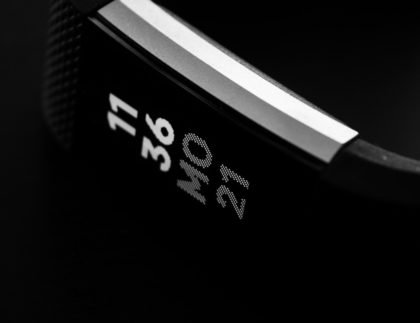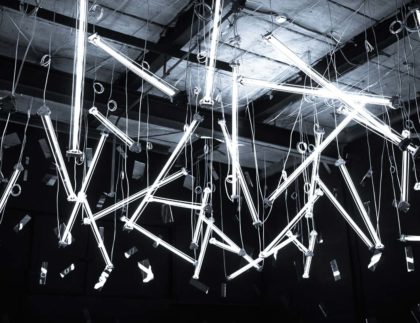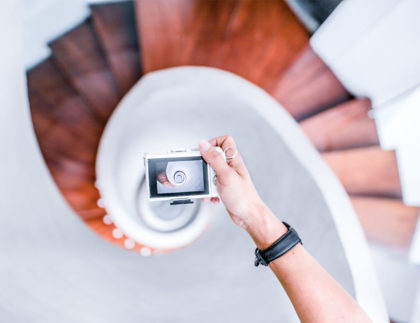
People rarely ask designers if they work in “print or web” anymore, a question that used to be the norm. These days a product manager design falls under two big umbrellas: screen design, and designing for off screen.
Where inputs used to almost always be a keyboard and mouse, today’s designers have so many new technologies and tools at their disposal that interaction design is no longer constrained by the dimensions of a screen or the click of a mouse. We’re wearing designs now, activating them by using our voices, and getting immersed in their augmented and artificial realities.
It’s no surprise then that the design process itself has also evolved, and so too have the opportunities for designers.
1. Designer Specialties Have Changed
The first big shift is in the nature of a designer’s role. As designing for digital became more popular, designers began to specialize in certain aspects of the design process to align with different design milestones including wire framing, prototyping, visual design, interaction design and so on. Now, many of these specialties have merged into one and the process has become less segmented.
This has allowed designers to go from quick high-fidelity designs to a final design product in less iterations and time. Things like research, mood boarding and wire framing have merged into one step, so too has the visual design process including interaction and prototyping. In turn, this has influenced the very nature of a designer’s role and the responsibilities each designer has.
2. Screen Design is the New Print Design
Designing for screens is the new normal, and designing for off the screen is the future. There are so many new domains where the products designers are designing don’t necessarily have a traditional interface, instead using human components like touch and voice to interact with designs. This has presented new challenges for designers and the design process.
Even the way designers prototype has had to shift. If you are designing a concept for an iPad, for example, it’s no longer sufficient to show a mockup of the concept on paper. Clients want to see the interaction in motion. They want to feel and touch it before it’s built.
3. New Tools to Streamline the Process
Just as the design process has influenced the designer’s role, this in turn has also influenced the tools in which designers use. It used to be very clear which products were for which parts of the design process, but now designers want a more holistic approach to a full design system.
4. Pros and Cons of New Design Processes
In addition to being a faster, more iterative design process, having a single designer own more parts of the design process can create a more unified output, one that tells a more cohesive story. This can bring increased integrity to a design because there aren’t as many hands in the pot, so to speak, so fewer designers are leaving their personal mark on the design.
Unfortunately though, this also means designers are working more in isolation in the sense that there is often less direct communication. This has created a bit of a silo effect in some organizations.
It’s also created a need for more tools for designers to communicate design decisions. Tools such as Slack and similar platforms have helped designers “get feedback in the browser” from team members and stakeholders. The need for these tools has become imperative to the design process, yet they are also born as a result of the fact that the design process has changed.
It’s a domino effect that is actually quite cyclical in the way these different components of the design process influence one another.
5. Adaption is the Key to a Designer’s Success
With all these new processes and technologies, it can be overwhelming for an aspiring designer to figure out not only where to start, but also where (s)he fits in. Don’t worry though. Most tools can be learned with enough work and experience.
One of the most important skills you need to have as a designer for today’s challenges is the ability to adapt and the ability to be able to learn to understand the domain if you are not familiar with it.
The best way to do this is to fully experience the design process from ideation to product shipment, either via an internship or an opportunity at a company that values the design process.
6. Discover Your Own Golden Formula
Experiencing the design process is just one half of each designer’s individual golden formula. The second is conducting a personal evaluation of what your interests and passions are. What type of design do you want to do? What are your goals?
It’s a refreshing take. With so many tools, technologies and different design jobs out there, it’s important for young and seasoned designers alike to remember that you have a say in the path you take and the tools you choose to embrace.
If this resonates with you it might be time to revisit step one of the design process by hitting the drawing board. How can today’s design processes help you to achieve your dreams?


